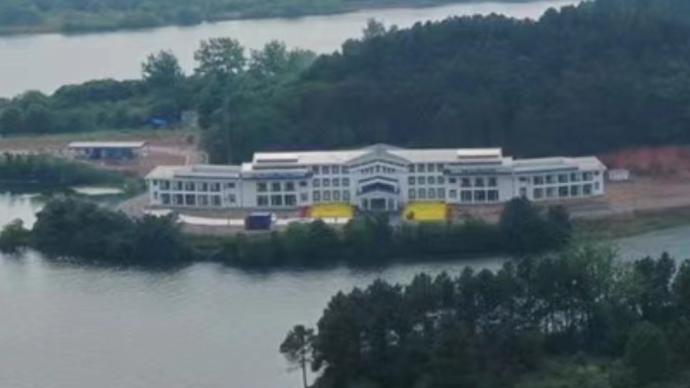
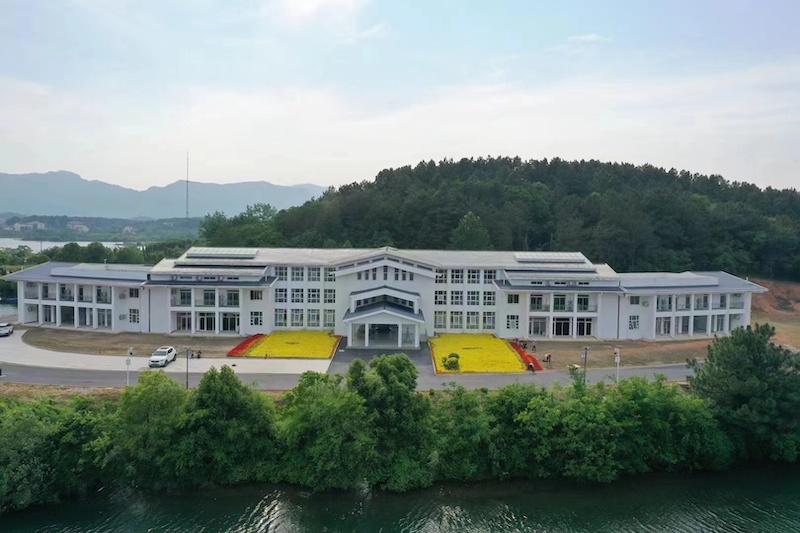
Hubei Archaeological Museum (All pictures in this edition are provided by Hubei Provincial Institute of Cultural Relics and Archaeology)
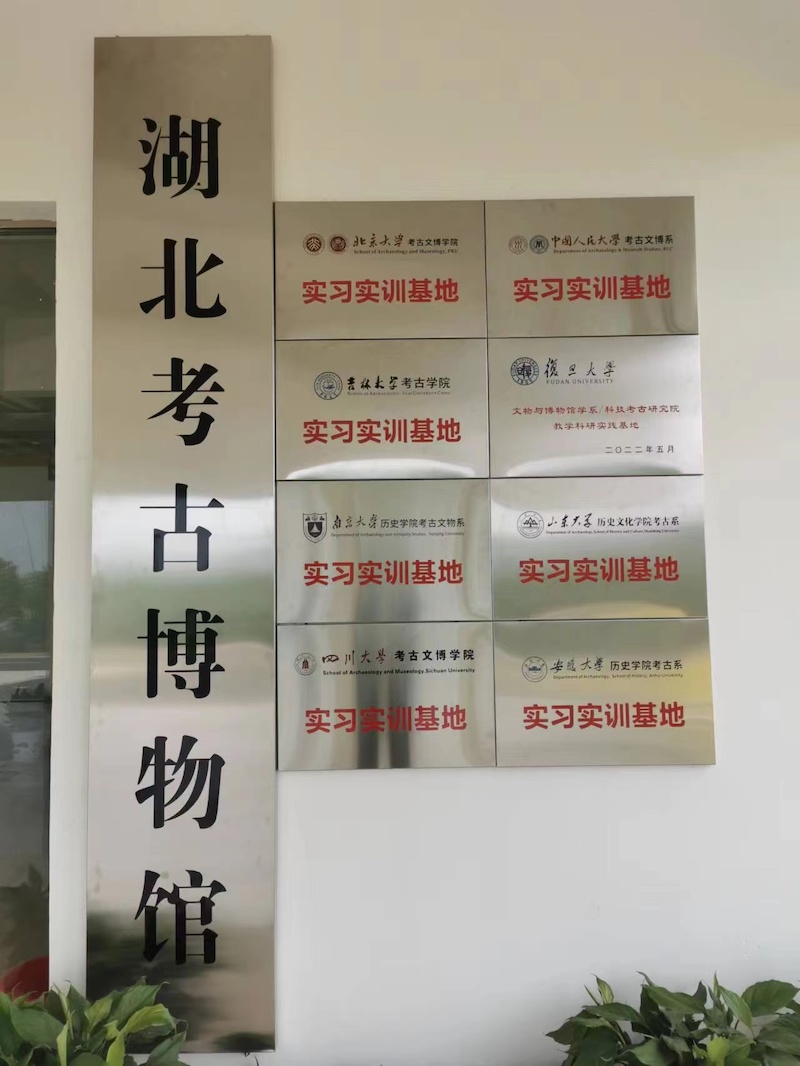
Hubei Archaeological Museum
Reflecting more than 70 years of archaeological achievementsThe Hubei Archaeological Museum is also known as the Mulan Lake Archaeological Arrangement Base of the Hubei Provincial Institute of Cultural Relics and Archaeology. In 2017, a cultural relics arrangement and display center, an underwater archaeological base and a scientific research center with a total construction area of nearly 10,000 square meters were built.
Fang Qin, director of the Hubei Provincial Institute of Cultural Relics and Archaeology and director of the Hubei Provincial Museum, told The Paper that as early as 2015, the local area was building a base for the establishment of a specimen bank, and around 2018, the Mulan Lake Archaeological Arrangement Base was officially completed. Centrally organize and preserve the cultural relics specimens of the previous archaeological excavations in Hubei Province since the 1950s, including the archaeology of the Three Gorges, the South-to-North Water Diversion Project and other national key projects. Last year coincided with the 100th anniversary of the birth of modern archaeology in China. The public's attention to archaeology is increasing day by day. How to strengthen public archaeology, let the public share archaeological results, and provide a learning and practice base for archaeology students. Based on these considerations, the base is based on , established the Hubei Archaeological Museum. "The construction area of the entire base is about 10,000 square meters, with storage rooms, exhibition halls, research centers, etc. According to the idea of integration, it will be built into an archaeological museum that integrates storage, display, research and dissemination." Fang Qin said .
Fang Qin introduced that since the 1950s, Hubei Archaeology has cooperated with major national projects and important infrastructure projects in Hubei Province, relying on projects such as the National Great Site Protection Project, the Chinese Civilization Source Exploration Project, Archaeology China, and the Jingchu Great Site Inheritance and Development Project. , and achieved fruitful results: more than 20 discoveries were selected as "Top Ten New Archaeological Discoveries in China" and "New Archaeological Discoveries in China" by the Archaeology Forum of the Chinese Academy of Social Sciences, 7 were selected as "100 Archaeological Discoveries in China in the 20th Century", and 6 were selected in China "Hundred Years of Archaeological Discoveries".
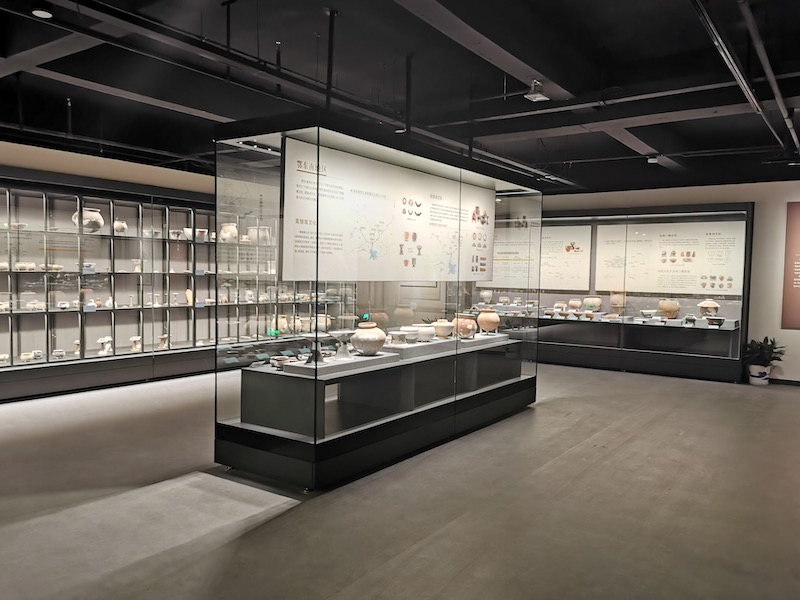
"Millennium Context - Yangtze River Civilization Exhibition·Hubei" exhibition hall scene
The Mulan Lake Base has collected more than 20,000 cultural relics specimens from more than 200 archaeological sites in Hubei excavated since the 1950s, including Yangjiawan, Baimiao and Sandouping in Yichang before the official start of the Three Gorges Project. Zigui Guanzhuangping and other sites, as well as the surveyed cultural relics in the Danjiang Reservoir area in the 1950s, as well as the founders, Yunxian people, Jigong Mountain, Qujialing, Shijiahe, Panlong City, Tonglu Mountain, Yu Cultural relics specimens found in many important archaeological sites in Hubei such as Taishan."This year, we have planned several exhibitions, such as 'Millennium Context-Yangtze River Civilization Exhibition Hubei', 'Century Project-Three Gorges Archaeology Hubei Achievements Exhibition', and also built a "Sunshine Room Exhibition Hall" outdoors, mainly The Neolithic stone tools unearthed from the Guanzhou site and the pottery unearthed from the Shijiahe site are displayed to simulate the scene atmosphere of field archaeology and archaeological arrangement." Fang Qin said.

"Millennium Context - Yangtze River Civilization Exhibition·Hubei" exhibition hall scene
"Millennium Context - Yangtze River Civilization Exhibition" is divided into major sections such as "Starry Stars", "Civilization Evolution", "Southern Land of Xia and Shang", "Southern Kingdom of Zhou" and "Jianghan Entering Qin" in chronological order. Through the unearthed cultural relics, it reflects the cultural changes, fusion and changes reflected by the changes in the artifacts from the Paleolithic Age, Neolithic Age, Xia-Shang Period, Western Zhou Dynasty to Eastern Zhou Dynasty, to the Qin Dynasty.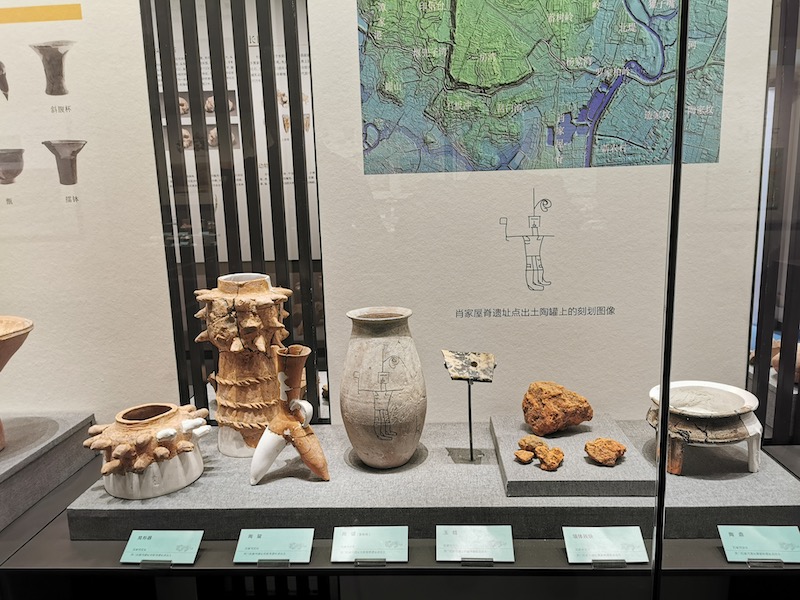
"Millennium Context - Yangtze River Civilization Exhibition·Hubei" exhibition hall scene

"Millennium Context - Yangtze River Civilization Exhibition·Hubei" exhibition hall scene
Fang Qin told The Paper that the "Yangtze River Civilization Exhibition" will mainly display pottery cultural relics specimens, and there will also be a small number of unearthed specimens of bronze wares. "Our archaeological research attaches great importance to pottery, because pottery is the most sensitive specimen to reflect the changes of civilization. It is a reflection of human daily life, and the cultural information and cultural changes it contains are very sensitive." Fang Qin said that the exhibition is very sensitive. Most of the cultural relic specimens are pottery, but they will be displayed in groups and groups according to a certain number, which can directly reflect the differences between pottery in different periods and different regions.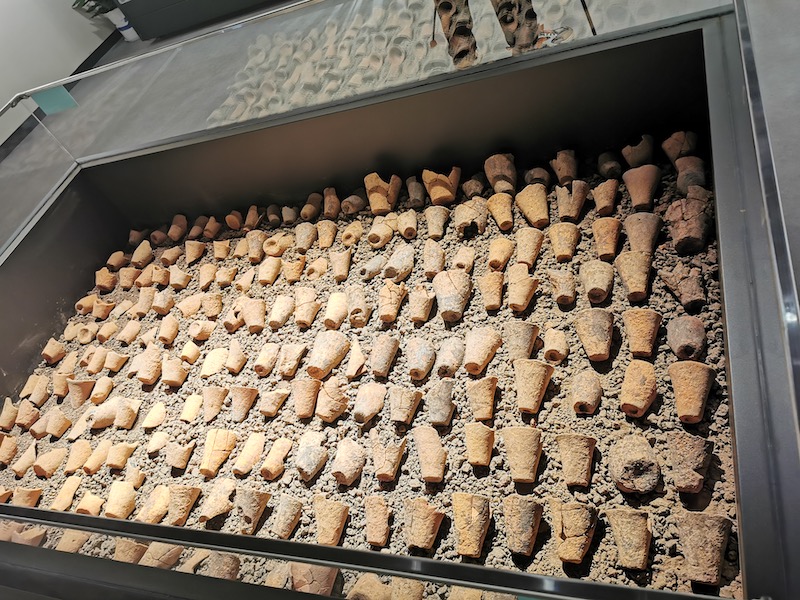
"Millennium Context - Yangtze River Civilization Exhibition·Hubei" exhibition hall scene
"In short, the museum we want to build is different from other comprehensive museums. We are an archaeological museum. We will use the most sensitive archaeologically sensitive pottery and other cultural relics to reflect the cultural development process in Hubei, and at the same time pass on some archaeological concepts and knowledge. ." Fang Qin said.From "Starry Fighting" to "Jianghan Entering Qin"
According to reports, the first exhibition of Hubei Archaeological Museum, "Yangtze River Civilization Exhibition·Hubei", is intended to show the development of civilization in Hubei from the ancient times to the unification of Qin Dynasty, as well as the internal logic of civilization evolution. Local civilizations, as well as civilizations that have continuously penetrated, invaded or conquered from the northern Central Plains, blended with local civilizations in Hubei, forming an important part of the distinctive Jingchu civilization and the Yangtze River civilization.
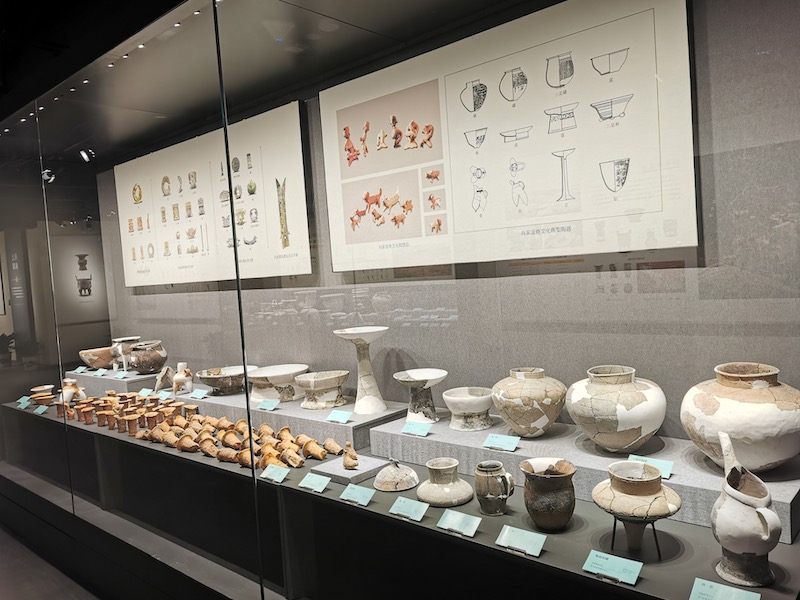
"Millennium Context - Yangtze River Civilization Exhibition·Hubei" exhibition hall scene
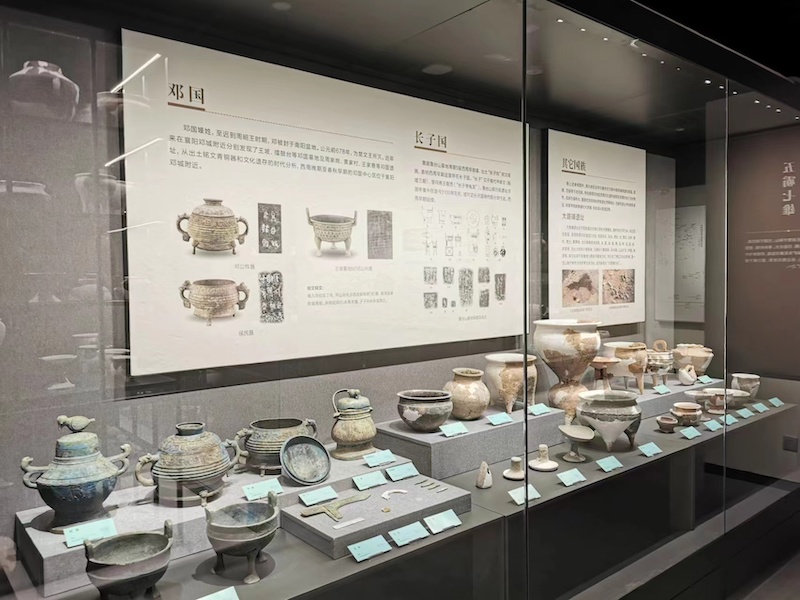
"Millennium Context - Yangtze River Civilization Exhibition·Hubei" exhibition hall scene
According to the documents and pictures on display, more than 200 Paleolithic sites in Hubei have been discovered 12,000 years ago, mainly in the mountainous areas of northwest and southwest Hubei. Most of the cultural relics on display are stone products and animal fossils unearthed from the Paleolithic sites in Hubei.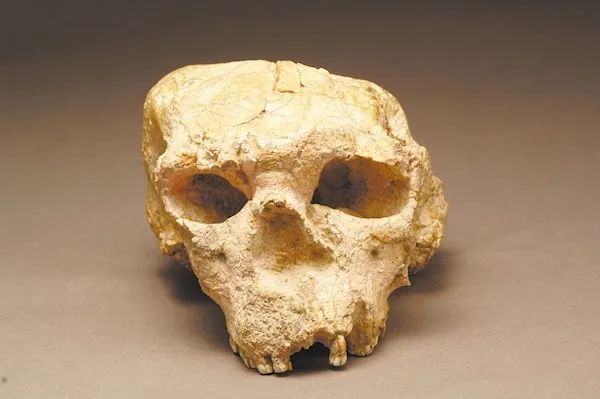
No. 2 skull fossil unearthed from the "Yunxian People" site
During the transitional period between the Old and Neolithic Ages from 12,000 to 10,000 years ago, in the middle reaches of the Yangtze River, there are the Dangdonghuan site of Wannian Xianrendong in Jiangxi, the Yuchanyan site in Daoxian County, Hunan, and the Weiganping site in Changyang, Hubei. The Yangtze River Basin is the earliest remains of the Neolithic Age.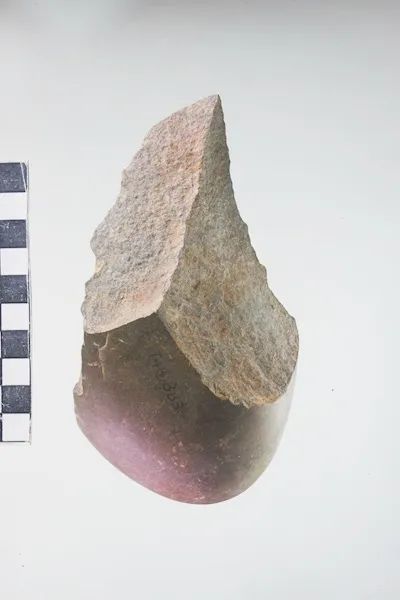
Stone tools unearthed from Jigongshan site in Jingzhou
From 7500 to 5500 years ago, the prehistoric culture of Hubei showed a pattern of diversified development and shining stars, which is the so-called "starry sky". The southwestern Hubei, northwestern Hubei, southeastern Hubei, and Jianghan plains have formed relatively independent cultural systems, and different cultures communicated and merged, which laid the foundation for the unification of late Neolithic cultures in Hubei.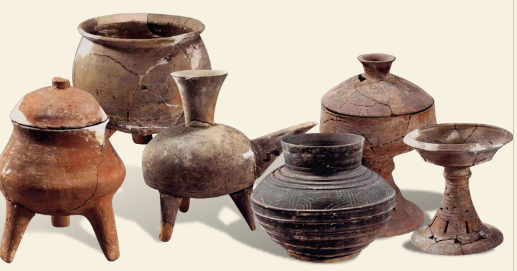
Typical pottery of Xuejiagang culture
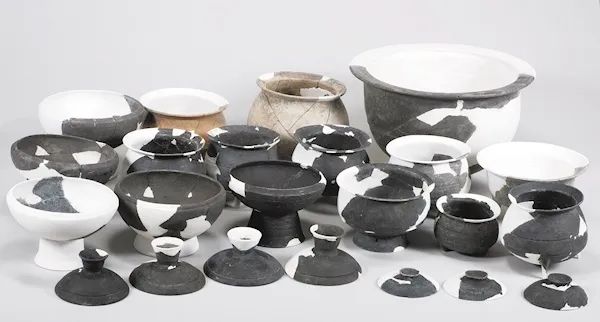
Pottery unearthed from the Qujialing site in Jingmen
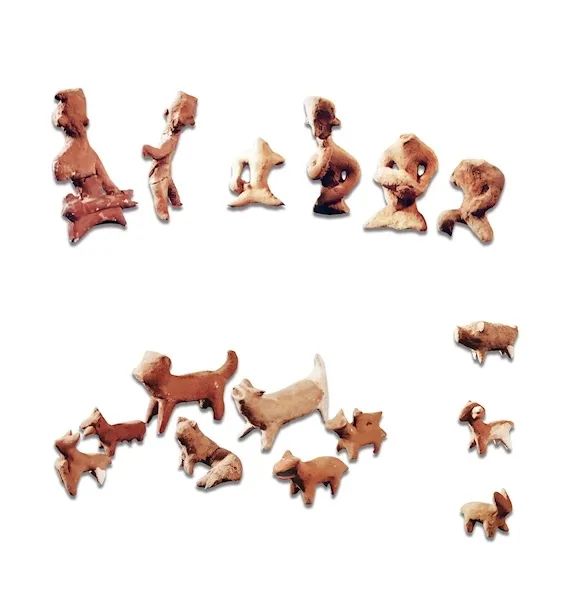
Pottery and sculpture unearthed from Tianmen Shijiahe site
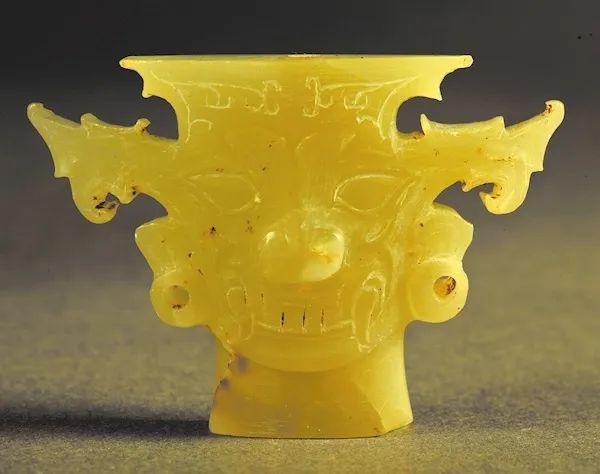
Jade figurines unearthed from Tianmen Shijiahe site
Civilization continues to evolve. Around 5500 years ago, multiple civilization systems in Hubei began to integrate. The Qujialing Culture and the Shijiahe Culture that followed, represented the peak of prehistoric culture in the middle reaches of the Yangtze River. From 4200 to 4000 years ago, it entered a critical period for the formation of national civilization. The Liangzhu civilization in the lower reaches of the Yangtze River declined, and the large central settlement represented by the Shijiahe city site in the middle reaches of the Yangtze River appeared, pushing civilization to a new height.Around 4000 years ago, the Jianghan region began to integrate into the Central Plains civilization. This process is confirmed by the legend of "Yu Zheng Sanmiao". After the Xia Dynasty in the Shang Dynasty, merchants took Panlong City and other places as strongholds and strengthened their control over the area south of the Yangtze River. This process is called "Xia Shang Nan Tu". This section shows the archaeological excavation process and unearthed cultural relics of the Panlongcheng site in Wuhan, and also uses a schematic diagram to show the process of the Erlitou culture spreading southward to the Yangtze River Basin.

Typical pottery unearthed from Panlongcheng site
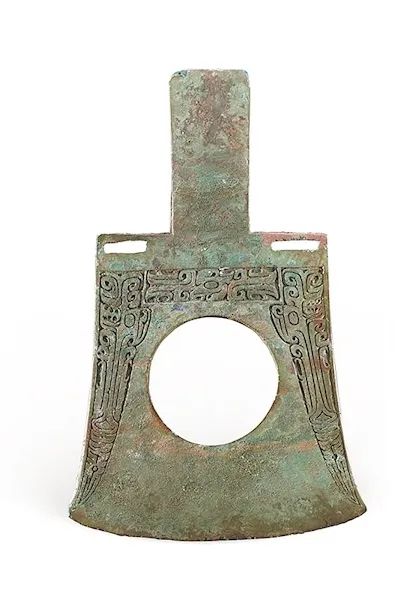
Large bronze tomahawk unearthed at Panlongcheng site in Wuhan
After Zhou destroyed the Shang Dynasty, the Zhou Dynasty established its rule over the Hubei region through feudalism. The Zhou people who were enfeoffed in Hubei and the local aborigines jointly created the local civilization, which laid the foundation for the integration of the northern and southern cultures. The archaeological achievements of this period are rich, focusing on the archaeological achievements of Zeng (Sui), E, Deng, and eldest son. This is the "Southern Kingdom of Zhou". It specifically displays the pottery specimens unearthed from the remains of various vassal states.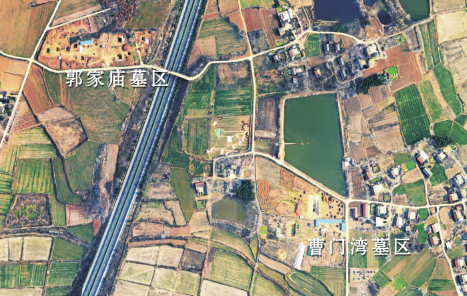
Distribution map of tombs excavated in Guojiamiao cemetery from 2014 to 2016
In the late Warring States period, in 278 BC, Qin’s general Bai Qi pulled Ying, marking that Qin gradually replaced Chu’s rule in Hubei. By 223 BC, Qin destroyed Chu, and the entire territory of Hubei was unified by Qin, that is, “Jianghan entered Qin”. The Qin people's rule in Hubei advanced from the west to the east of Hubei, with the county government and the county government as the center. The archaeological results showed a trend of gradually weakening from the center to the periphery.
"Heifu Wooden Slip" Unearthed from Qin Tomb in Sleeping Tiger Land in Yunmeng
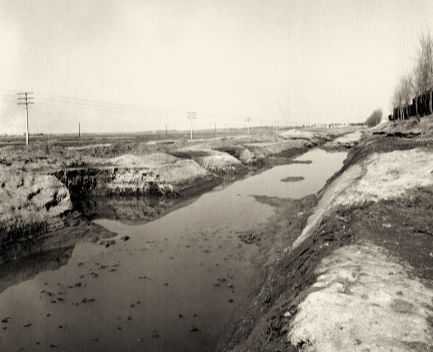
Yunmeng Chuwang City outside the sleeping tiger cemetery
The exhibition in this section showcases the archaeological achievements of the Qin tomb in the periphery of the Chuwangcheng of Yunmeng (Anlu), and displays a number of unearthed pottery. The archaeological results of the Qin tombs outside the Yingcheng city site and the archaeological results of the Qin tombs outside the Dengcheng city site are also displayed. These cultural relics unearthed from Qin tombs are clearly divided into Chu-style tripods, boxes, pots, etc., and Qin-style kettles, garlic-head pots, flat pots, and small-mouth urns. The tomb owners include Qin people, Chu remnants, and people from the Central Plains who moved from Qin.Public sharing of archaeological findings
The "Three Gorges Archaeology Hubei Achievements Exhibition" currently under construction is a supplement and extension of the "Yangtze River Civilization Exhibition", which is divided into several major units: "In the River", "The Land of Bachu" and "Millennium Corridor". Based on the eastern area of Xiajiang, the exhibition displays the important position of this area in the formation and development of the Yangtze River civilization and even the Chinese civilization through solid and rich archaeological achievements.
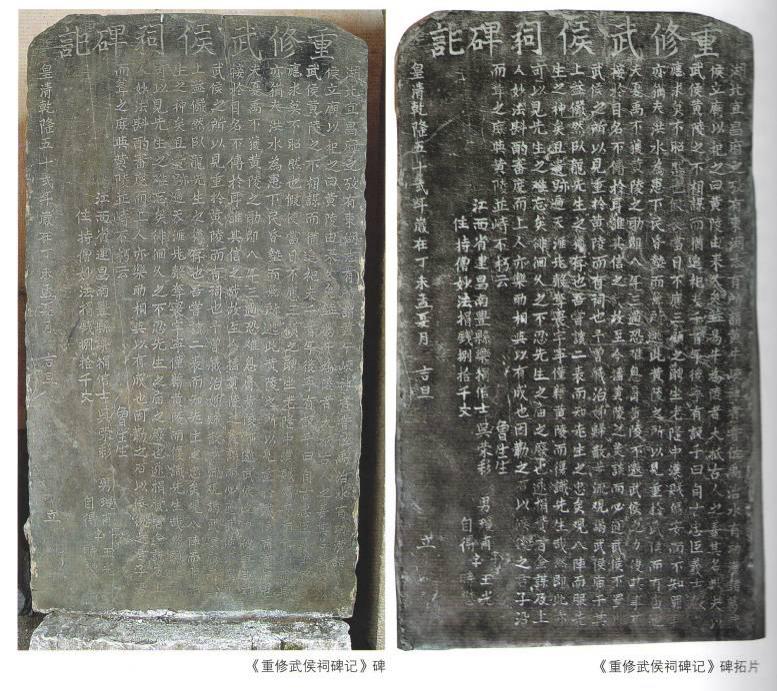
"Rebuilding Wuhou Temple Stele Inscription" Stele Rubbing

"Three Gorges Archaeology Hubei Achievements Exhibition" will display the "Bafeng" cliff stone rubbings
Since the Hubei Archaeological Museum was built in the Mulan Lake Scenic Area and the surrounding environment is beautiful, the museum also built an outdoor sunshine exhibition hall to display the stone tools unearthed from the Guanzhou site dating back 7,500 to 8,000 years ago and the Shijiahe site about 4,500 years ago. Pottery unearthed. The massive pottery and stoneware specimens placed in the transparent glass room create a field archaeological atmosphere, as if being in an archaeological site.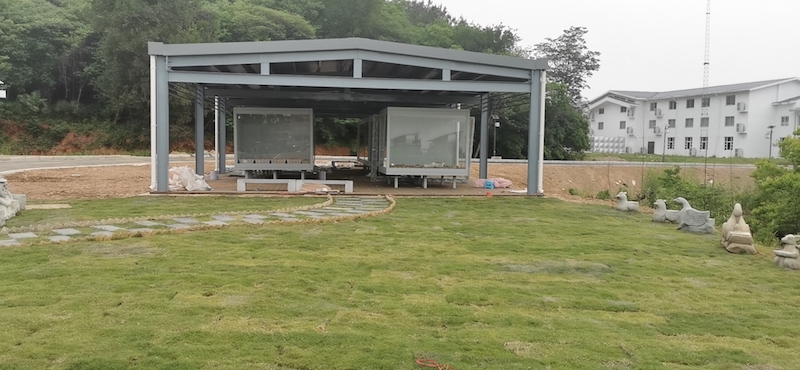
Outdoor Sunshine Exhibition Hall

The outdoor sunshine exhibition hall displays the stone tools of the Guanzhou site dating from 7500 to 8000 years ago
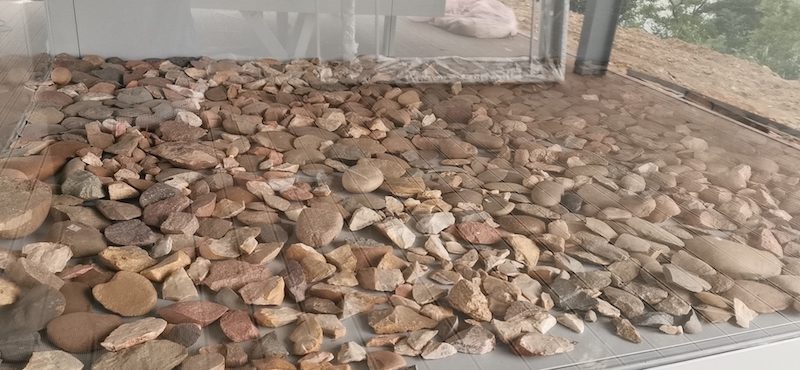
Outdoor display of stone tools from the Guanzhou site dating from 7500 to 8000 years ago
Fang Qin said that through the unearthed cultural relics, in addition to showing the millennium context of Hubei, the exhibition is more important to show the splendor of the Yangtze River civilization. A large number of archaeological results show that the Yangtze River Basin, like the Yellow River Basin, is the cradle of Chinese civilization, and together they have built a splendid Chinese civilization.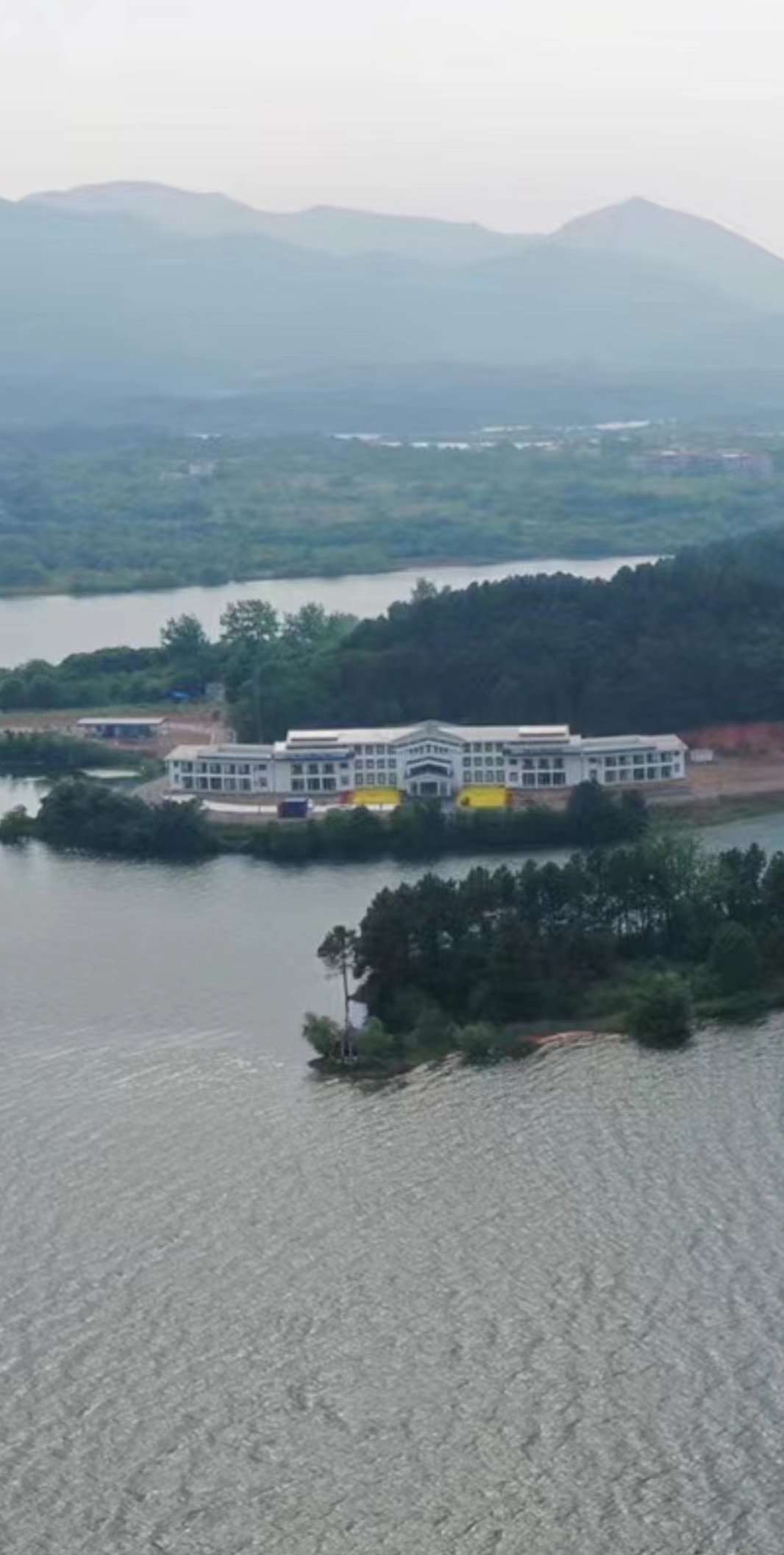
Hubei Archaeological Museum is located in the beautiful Mulan Lake Scenic Area
It is reported that the Mulan Lake Archaeological Arrangement Base of the Hubei Provincial Institute of Archaeology is also the first “cross-strait archaeological teaching exchange base” in China and a cultural and museum teaching practice base for many universities in Hubei.(Note: Some of the pictures in this article are pictures of archaeological excavations and cultural relics in Hubei Province, not for exhibits. The pictures in this version are provided by Hubei Provincial Institute of Cultural Relics and Archaeology)